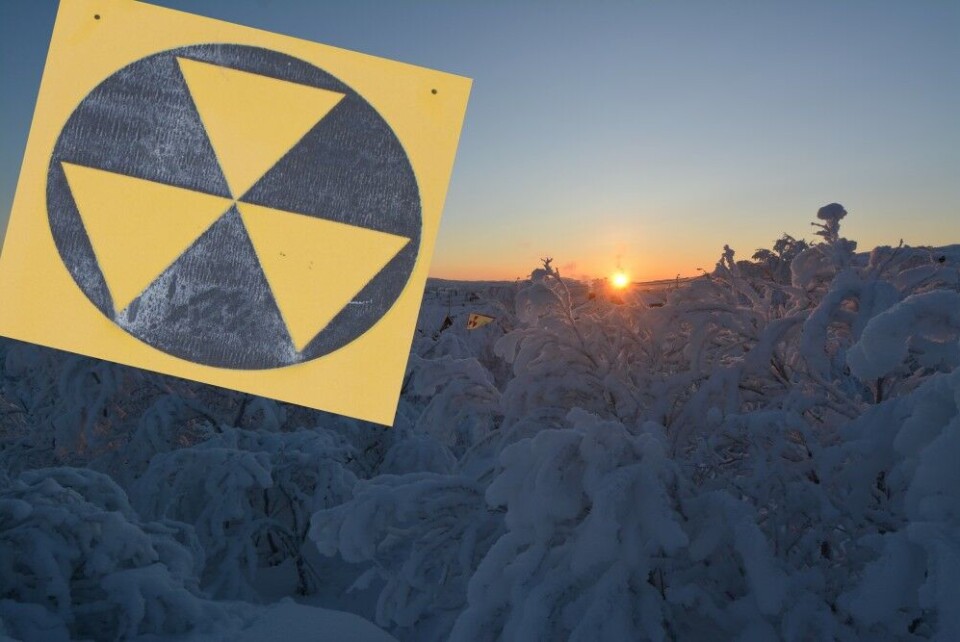
Another tiny measurement of radioactive iodine at Svanhovd
Norwegian Radiation Protection Authorities (NRPA) without any suspected source.
p.p1 {margin: 0.0px 0.0px 0.0px 0.0px; font: 11.0px Helvetica; color: #000000; -webkit-text-stroke: #000000}p.p2 {margin: 0.0px 0.0px 0.0px 0.0px; font: 11.0px Helvetica; color: #000000; -webkit-text-stroke: #000000; min-height: 13.0px}span.s1 {font-kerning: none}
The very small amount of radioactive iodine was measured in week 10, between March 6 to 13, by the authorities’ instruments at Svanhovd, a few hundred meters from Norway’s border to the Kola Peninsula in the north.
p.p1 {margin: 0.0px 0.0px 0.0px 0.0px; font: 11.0px Helvetica; color: #000000; -webkit-text-stroke: #000000}span.s1 {font-kerning: none}
«We measured 0,35 microbecquerels of iodine-131. We didn’t detected any other radioactive isotopes,» says Head of section for emergency preparedness with NRPA, Astrid Liland, in an e-mail to the Barents Observer.
The radiation authorities says no other measurements of iodine are found anywhere else in Norway for the period.
NRPA underlines that no radiation is measured at Svalbard where the measurement filters are connected to the CTBTO network with the purpose of monitoring the nuclear test ban treaty.
This is the second time this winter that radioactive iodine is measured at Svanhovd.
Following the traces measured in January, a series of tweets started to spread claiming the source to be a possible Russian nuclear weapon test at Novaya Zemlya. No other evidence supported such weapon test.
Ongoing release?
Nuclear physicist with the Bellona Foundation, Nils Bøhmer, says this second period of measurement indicates that there are some kind of ongoing releases.
«If it is iodine-131, it is serious because that likely means a continuing release still going on. Iodine-131 has a half-life of only 8 days, so what was measured in January are long gone,» Bøhmer says to the Barents Observer.

A possible ongoing release is supported by measurements in Finland a week before the trace was detected in Norway’s northeasternmost corner.
In late February, the Radiation and Nuclear Safety Authority of Finland detected radioactive Iodine-131 in Rovaniemi. Levels were at 0,3 microbecquerels per cubic meter of air. Norwegians have not reported any traces of the isotope for that period.
The January trace of radioactive Iodine-131, still of unknown origin, was first detected at Svanhovd near Kirkenes in northern Norway. Shortly afterwards, the isotope was detected over large areas in Europe, first in Rovaniemi in Finnish Lapland. Within the next two weeks, traces of radioactivity, although in tiny amounts, were measured in Poland, Czech Republic, Germany, France and Spain, the Barents Observer reported.
















